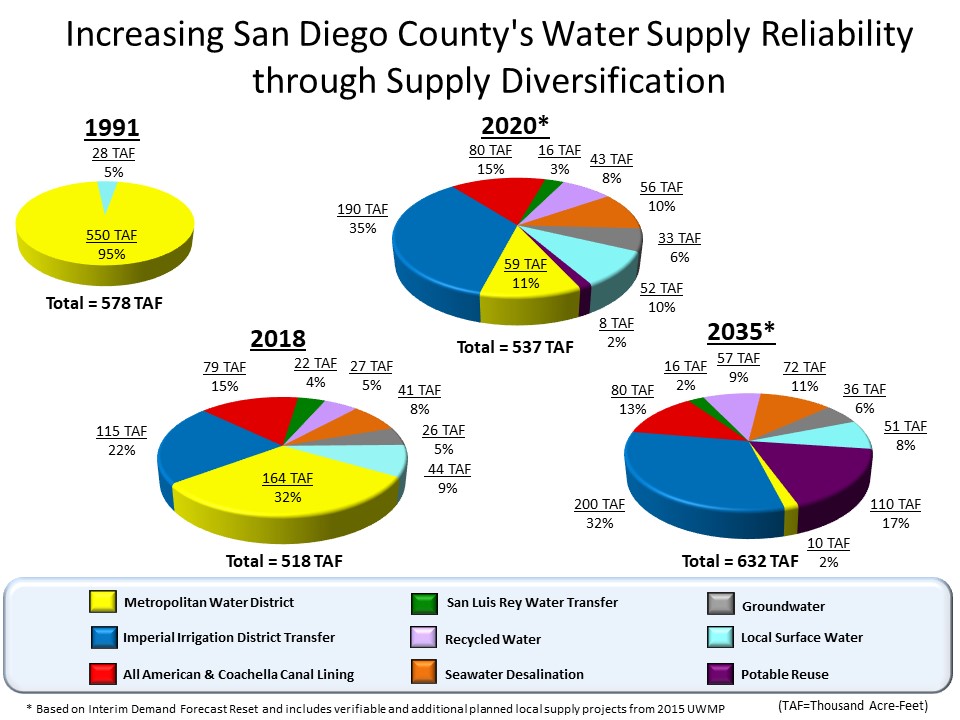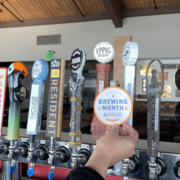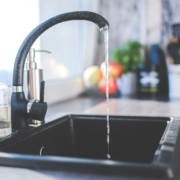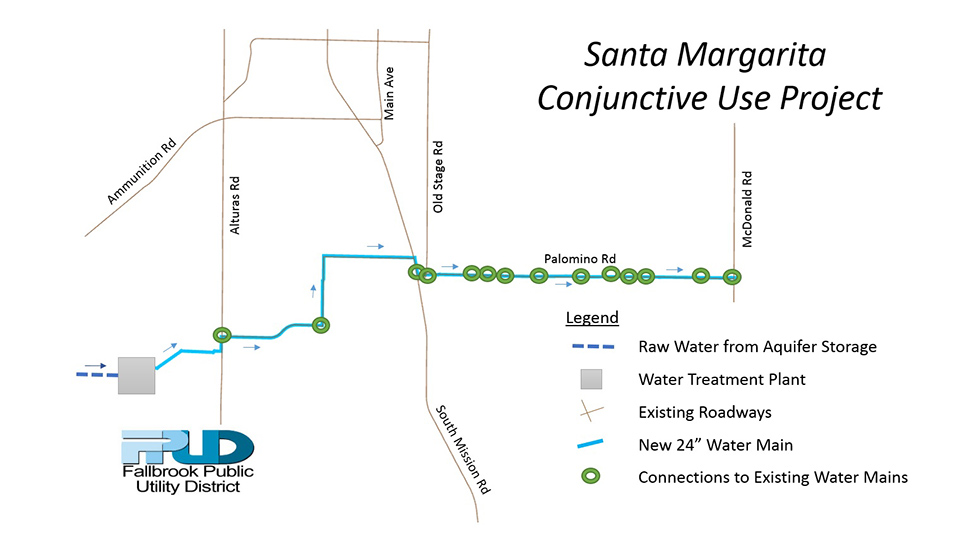How Much Water Do Plants Need?
It’s important to assess how much water your outdoor plants need to stay healthy. The heat and humidity in San Diego County is far from over, with the official start of Fall September 23. Irrigation needs are generally highest during these warm months.
Did you know that plants can be classified by their water needs?
Landscaping professionals use a resource called the Water Use Classification of Landscape Species, or WUCOLS, to classify plants according how much water they need to thrive.
It might sound complex, but it’s very useful because it breaks down the water requirements for each type of plant. There are four categories: Very Low, Low, Moderate, and High. These water requirements are also called Plant Factors. They are an important tool for transitioning to a more water-efficient landscape. By knowing exactly how much water your plants need, you can cut down on your water usage while also keeping your plants happy.
Calculating water requirements for outdoor plants
To calculate a Plant Factor, compare the plant’s water use to cool season grass in a given climate zone.
Why is that? Turf is among the thirstiest of all types of plants. When you replace turf areas with climate-appropriate plants with lower water requirements, and irrigate them with more efficient systems, you can greatly increase your water efficiency. You don’t have to turn your landscaping into a dry moonscape to do it.
Plant factors, or PF, categories:

High: Plants need from 60 to 100 percent of the water needed for a grass lawn (PF of 0.6 – 1.0)
Moderate: Plants need 30 to 60 percent of the water needed for a grass lawn (PF of 0.3 – 0.6)
Low: Plants need 10 to 30 percent of the water needed for a grass lawn (PF of 0.1 – 0.3)
Very Low: Plants need 10 percent or less of the water needed for a grass lawn (PF of less than 0.1)
Group plants by PF to irrigate more efficiently
In the Water Authority’s Sustainable Landscaping guidebook, plant selections are color-coded to identify their water needs under this system. That approach provides an easy way to group plants by their water requirements in your landscape, so you can irrigate more efficiently.
This article was inspired by the 71-page Sustainable Landscapes Program guidebook available at SustainableLandscapesSD.org. The Water Authority and its partners also offer other great resources for landscaping upgrades, including free WaterSmart classes at WaterSmartSD.org.
















